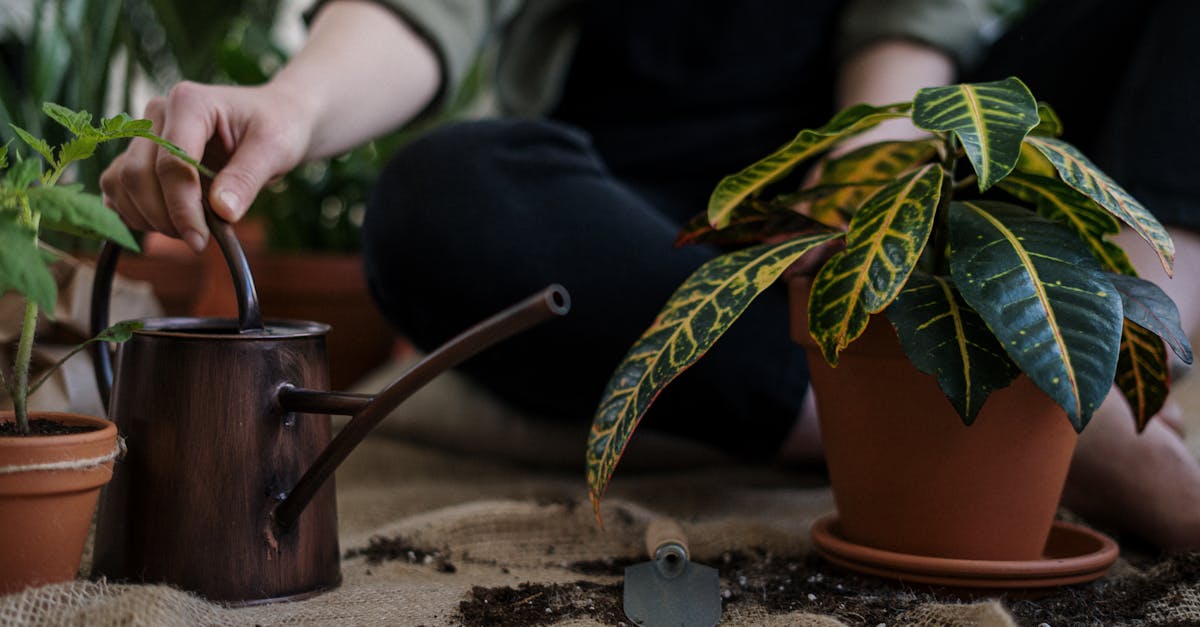Permaculture gardening is a sustainable and holistic approach to gardening that aims to create self-sufficient ecosystems. By incorporating principles like diversity, natural processes, and efficient use of resources, permaculture gardens can thrive while minimizing negative impacts on the environment. Whether you’re focusing on flower gardening, support crops, or vegetable gardening, implementing these 15 fundamental policies can help you cultivate a successful permaculture garden.
1. **Observe and Interact:** Spend time in your garden observing natural patterns, the movement of the sun, wind direction, and the behavior of plants and wildlife. Interact with your garden and understand its needs before making any changes.
2. **Catch and Store Energy:** Use tools such as rainwater harvesting systems, solar panels, and compost bins to capture and store energy in your garden. This stored energy can be used to support plant growth and other garden activities.
3. **Obtain a Yield:** Plant a variety of flowers, support crops, and vegetables that provide a yield of food, beauty, and ecosystem services. Choose plants that thrive in your specific growing conditions.
4. **Apply Self-Regulation and Accept Feedback:** Pay attention to the feedback your garden gives you. If a plant is struggling or a certain area is not thriving, adjust your approach and find solutions that work in harmony with nature.
5. **Use and Value Renewable Resources:** Minimize reliance on non-renewable resources like synthetic fertilizers and pesticides. Instead, focus on using compost, mulch, and organic materials to enrich your soil and support plant health.
6. **Produce No Waste:** Aim to create a closed-loop system in your garden where waste from one element becomes a resource for another. Compost kitchen scraps, utilize greywater for irrigation, and reduce unnecessary packaging.
7. **Design from Patterns to Details:** Create a garden layout that mimics natural patterns and processes. Start with broad-scale elements like water flow and sunlight exposure before refining the details of plant placement and companion planting.
8. **Integrate Rather than Segregate:** Foster beneficial relationships between plants, insects, and other garden elements. Practice companion planting to attract beneficial insects, repel pests, and improve soil health.
9. **Use Small and Slow Solutions:** Implement changes gradually in your garden and observe how they impact the ecosystem over time. Avoid quick-fix solutions that may disrupt the natural balance of your garden.
10. **Use and Value Diversity:** Plant a diverse range of flowers, support crops, and vegetables to create a resilient and balanced ecosystem. Diversity increases the stability of your garden and reduces the risk of pests and diseases.
11. **Use Edges and Value the Marginal:** Utilize the edges of your garden spaces to maximize growing area and create diverse microclimates. Plant edge-loving flowers and vegetables to make the most of these unique growing conditions.
12. **Creatively Use and Respond to Change:** Embrace change in your garden and adapt your strategies as needed. Be creative in finding solutions that work with nature’s inherent variability and seasons.
13. **Understand Patterns in Succession:** Incorporate the concept of succession planting in your flower, support crop, and vegetable gardens. Plan for continuous harvests by planting crops with different maturity rates and seasonal preferences.
14. **Value the Invisible:** Recognize the importance of soil health, beneficial microorganisms, and unseen processes in your garden. Focus on building healthy soil through practices like no-till gardening and cover cropping.
15. **Celebrate Life:** Enjoy the beauty and abundance of your permaculture garden. Take time to appreciate the interconnectedness of all living things and find joy in the process of nurturing life in your garden.
By following these fundamental policies for successful permaculture gardening in flower, support, and vegetable gardens, you can create a thriving and sustainable ecosystem that benefits both you and the environment. Embrace the principles of permaculture and let your garden flourish in harmony with nature.


